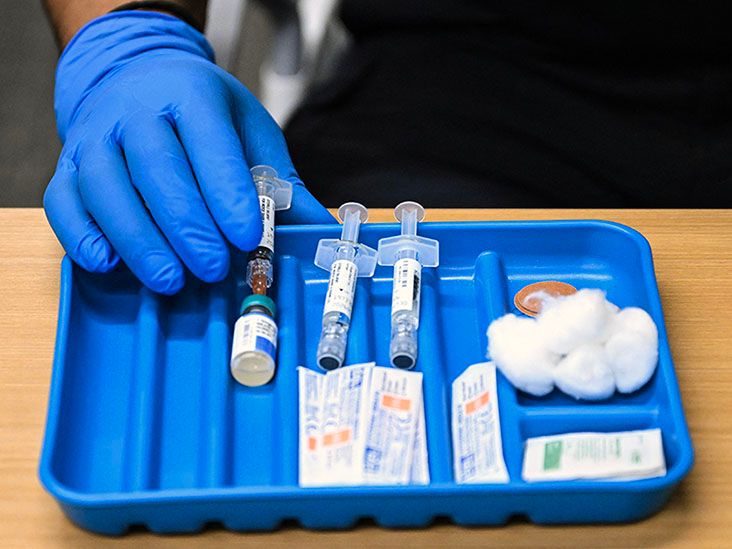Benzoyl peroxide has antibacterial properties and may be an effective topical treatment for acne. It is available on prescription, over the counter, or in everyday cleansers and other skin care products.
People can find benzoyl peroxide in various skin care products, including gels, creams, and face washes.
This article looks at how benzoyl peroxide works and how to use it. It also covers possible side effects and alternative topical treatments for acne.

Image credit: mapodile/Getty Images
People can use benzoyl peroxide topically on the skin to help treat acne.
Benzoyl peroxide is a bactericidal substance, which means that it kills bacteria. When a person applies it to the skin, benzoyl peroxide works against Propionibacterium acnes, which are the bacteria involved in causing acne.
Unlike topical antibiotic treatments for acne, such as clindamycin, benzoyl peroxide does not lead to antibiotic resistance.
People can find benzoyl peroxide in over-the-counter (OTC) topical treatments or in lower concentrations in supermarket products, such as face and body washes.
Benzoyl peroxide also has bleaching qualities. Products for hair bleaching and teeth whitening may contain higher concentrations of this ingredient.
Many different products contain benzoyl peroxide. People can buy these products in the form of:
- face washes
- body washes
- creams or ointments
- gels
Some products combine benzoyl peroxide with other ingredients, which could make it more effective in treating certain types of acne.
Certain OTC benzoyl peroxide products may also contain potassium hydroxyquinoline sulfate, which can kill microorganisms on the skin.
Other benzoyl peroxide products are prescription-only and may contain antibiotics or retinoids.
A person may want to start using benzoyl peroxide gradually, to see how it affects their skin. If the skin becomes overly dry or begins to peel, it may be best to use benzoyl peroxide less frequently.
As a general rule, people can use benzoyl peroxide once every 1–2 days until the skin becomes used to it.
It is important to wash the hands before and after using benzoyl peroxide. This can prevent the transfer of bacteria from the hands to the face or to other surfaces.
It is best to avoid direct sunlight while using benzoyl peroxide treatments. In fact, people may find that the best time to apply benzoyl peroxide is before bed. People should also wear SPF 30 or higher during the day.
Benzoyl peroxide comes in different percentage amounts. For 5% benzoyl peroxide gel, people can follow these steps:
- Wash the skin with a mild cleanser and water.
- Gently pat the skin dry.
- Apply a thin layer of the gel to the acne-affected area of skin.
To use a 5% benzoyl peroxide wash, people can follow these steps:
- Wet the areas of acne-affected skin.
- Smooth a small amount of the product over the skin with the hands.
- Keep the wash on the skin for no longer than 1–2 minutes.
- Rinse the wash off thoroughly with water, and gently pat dry.
- Repeat these steps once or twice per day.
It is important to note that products with 5% benzoyl peroxide may take up to 4 weeks to start working.
The side effects of benzoyl peroxide can affect the areas of skin to which a person applies it.
They can include:
- dryness and peeling skin
- irritation, which can cause a burning or stinging sensation
- eczema
- skin flushing
- pain
- itching
Benzoyl peroxide can cause a bleaching effect on hair and any fabrics that come into contact with it, such as clothing, towels, or bedding.
To prevent benzoyl peroxide staining, people should keep it from coming into contact with colored fabrics, and they should keep the hair away from the face when using benzoyl peroxide products for acne.
Sweating may also cause these products to run off into clothing or hair, so people may find it best to apply benzoyl peroxide products after having cooled down from exercising.
According to the American Academy of Dermatology, benzoyl peroxide is suitable for people with skin of color, and it will not cause light spots on the skin.
Topical benzoyl peroxide is also safe for the treatment of acne during pregnancy, according to the American College of Obstetricians and Gynecologists.
Experiencing an allergic reaction to benzoyl peroxide is rare. However, people should stop using it if they have an allergic reaction to it. If a person has a severe allergic reaction to benzoyl peroxide, they need medical help immediately.
The sections below will outline some other acne treatments in more detail.
Salicylic acid
Salicylic acid is beta-hydroxy acid with
Salicylic acid acts as a chemical exfoliant to peel away the top layers of skin. People can look for products that contain salicylic acid or sources of salicylic acid.
Tea tree oil
Tea tree oil is an essential oil that originates from Melaleuca alternifolia, which is an Australian plant.
One
Retinoids
Topical retinoids contain chemicals derived from vitamin A. They are anti-inflammatory and may be
Some topical retinoids include:
- adapalene
- tazarotene
- tretinoin
- isotretinoin
Alpha-hydroxy acids
Alpha-hydroxy acids are superficial, or medium-depth, chemical peels. They may be an effective treatment option for acne and acne scarring.
Some examples of alpha-hydroxy acids
- glycolic acid
- citric acid
- malic acid
- tartaric acid
- lactic acid
Glycolic acid peels have
Benzoyl peroxide is an effective topical treatment option for acne. It works to kill bacteria.
Some alternative topical treatments — such as hydroxy acids, retinoids, and tea tree oil — may also help treat acne.
Many topical treatments for acne require people to wear broad spectrum sunscreen and limit their exposure to sunlight.
People should follow product instructions carefully and consult with a dermatologist about any possible side effects. Pregnant people should check with a dermatologist to see which products are safe to use.


